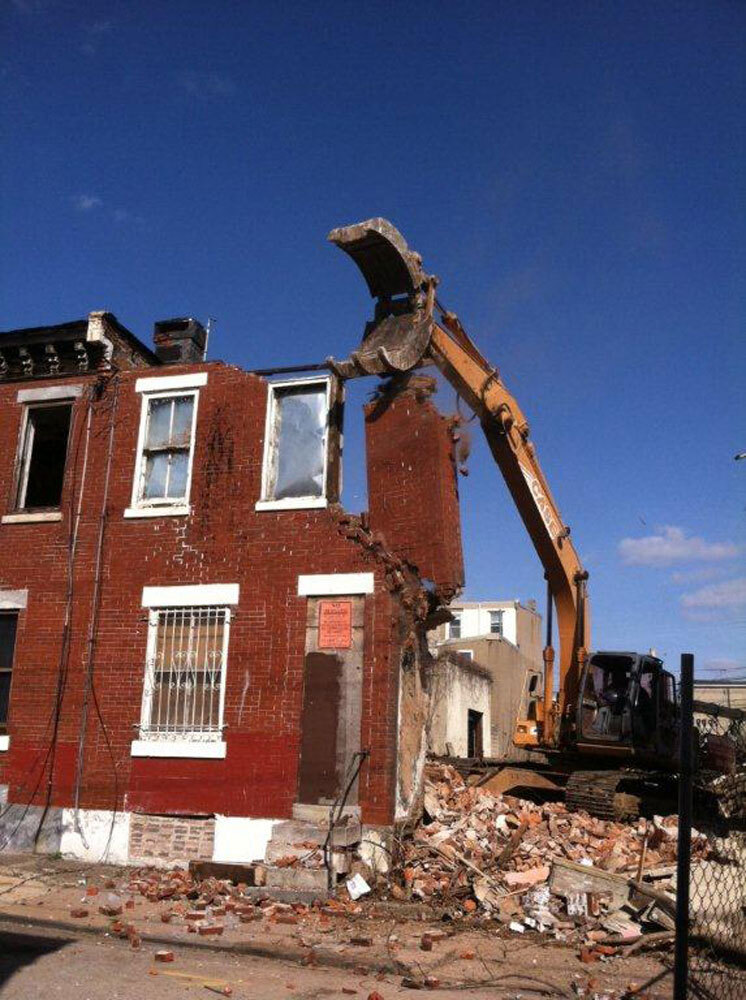Between basement flooding, pest infestations, and foundation cracks, getting a foundation right is essential to avoid later problems with your home. Your foundation depth will determine how long your home lasts, how your utilities run, and what kind of storage space you'll have. Do you know the optimum foundation depth for your home?
Before you start planning out your home design, you need to consider what you want from your foundation. Depending on your climate zone or your budget, you will need to make a final decision before you can start the design.
Here is a breakdown of the three major kinds of structures undergirding your home:
1. A full basement
This is one of the most popular foundations in the northeast US. For a full basement, your foundation depth will be below frost depth.
Basements have footings, and typically 8-foot walls built on a 4-inch concrete slab.
The slab will serve as the floor of a room underground, where you can store your home's mechanical and HVAC system or make use of it as storage. With a little extra work, the space can be finished and made suitable for living.
Whereas basements of older homes must be retrofitted for living, newer home building projects often plan for a finished basement. This is the most cost-effective approach. It's much harder to ensure your basement has ventilation, light, and plumbing after you've already built the house.
Rigid foam beneath the slab will make the space a little more livable. Insulation can help reduce the mold and mildew issues that many basements face.
2. Crawlspace
In areas of the South and the Midwest US, crawl spaces are used to prevent moisture and leave room for plumbing installation and service. It also leaves room for servicing your electrical system.
Crawl spaces need to be sealed and insulated. For the ease of access, they leave the home vulnerable to mildew and rot. In extreme situations, you might see pests begin to make their home in your crawlspace. Well-ventilated crawl spaces keep your moisture out, but can also be an entryway for rodents and insects. Be sure that you crawlspace is sealed with vents small enough to keep raccoons, squirrels, and mice out.
Modern homes are insulated with a concrete slab or polyethylene vapor barrier between the home and the ground. In a big enough crawlspace, the heating unit can be stored, leaving space free inside your home.
3. Slab-on-grade
A concrete slab poured directly onto the grade of the site is another option. This is the shallowest foundation depth. Your slab will be directly beneath your home's main floor.
These are found in the warmest parts of the US—especially warm places and those where flooding is common.
Once you dig your foundation, gravel is poured to ensure water can escape. Wire mesh is added to limit cracking. Any plumbing or conduits that are to be included in the foundation are set up, and then concrete is poured over it all.
In colder climates, special frost-proofing is needed. Sometimes short walls are added with a layer of foam added for insulation.
Still need help?
If you're having trouble determining the ideal foundation depth for your new home, contact our team. We will be happy to walk you through it!




